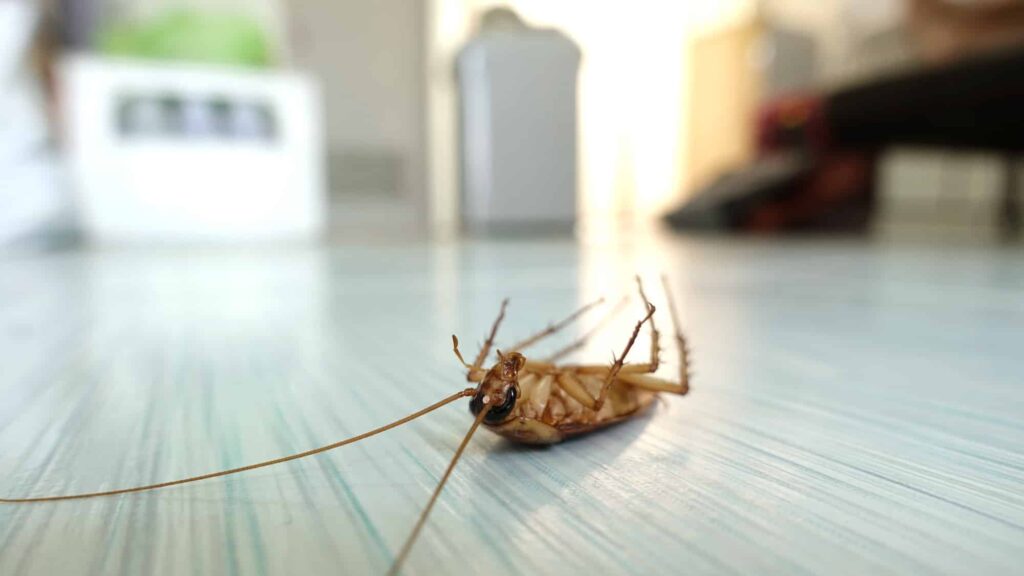Homeowners in Coppell, Texas, often attempt to handle pest problems with do-it-yourself (DIY) methods. While some minor pest issues can be managed independently, many DIY approaches often fall short, leading to persistent infestations and frustration. Understanding why these methods fail can help homeowners make informed decisions and know when it’s time to call in professional Pest Control Services in Coppell.
Here are six main reasons DIY pest control methods often fail.
1. Incorrect Identification of Pests
One of the most common pitfalls in DIY pest control is misidentifying the pest problem. Each pest requires a specific approach tailored to its behavior and biology. Treating termites as if they were ants, for example, can lead to ineffective results and potentially worsen the infestation. Yes, accurate identification is crucial for determining the correct treatment strategy.
You should spend time researching or consulting resources for proper pest identification. Consider reaching out to professionals who can provide expert inspections and identify the exact type of pest you’re dealing with.
2. Improper Use of Products
DIY pest control often involves the use of over-the-counter products. However, improper application, incorrect dosages, or using the wrong product entirely can lead to ineffective results and safety risks. Remember, misuse of pest control products can also harm the environment and non-target species.
It is important to read and follow all product labels and instructions carefully. Use protective equipment to ensure safety. If confusion persists, seek guidance from professional exterminators who are trained in product application.
3. Lack of Knowledge About Pest Behavior
Understanding pest behavior is key to implementing effective control strategies. Many DIY enthusiasts lack the necessary knowledge about how pests breed, feed, and enter homes, leading to incomplete or ineffective control measures. For example, simply spraying visible ants won’t address the root of an infestation if the colony is not targeted.
Try to educate yourself on the specific behaviors and lifecycle of the pest in question. Knowing when and where pests are most active will help in targeting them more effectively. Professional pest control services offer insights and strategies tailored to pest behavior.
4. Insufficient Coverage and Follow-Up
DIY pest control often fails due to insufficient treatment coverage and a lack of follow-up. Pests can hide in hard-to-reach places, and a single treatment might not be enough to eliminate the problem. Moreover, continued monitoring and repeated treatments are often necessary to ensure complete eradication.
You should plan a comprehensive treatment strategy that includes follow-ups. Be diligent in checking for signs of pest activity even after initial treatments. Professionals can provide scheduled treatments and inspections to ensure long-term pest management.
5. Overlooking Environmental Factors
Environmental conditions such as humidity, temperature, and seasonal changes significantly affect pest activity. DIY methods often fail because they do not account for these factors, which can lead to re-infestation or ineffective results.
Pay attention to how environmental factors influence pest behavior. Adjust your pest control strategies according to seasonal changes. Professionals understand these dynamics and can adjust treatments accordingly.
6. Underestimating Severity of Infestations
DIY methods often fall short because homeowners underestimate the severity of an infestation. Pests like termites or bed bugs can remain hidden until they cause significant damage. DIY solutions might temporarily reduce visible pests without addressing the larger underlying problem.
Try to conduct thorough inspections and remain vigilant for signs of hidden infestations. If the problem seems extensive or persistent, professional pest control services can provide more comprehensive solutions and ensure that all pests are effectively managed.
Conclusion
While DIY pest control can be tempting for minor issues, understanding its limitations is crucial for effective pest management. Incorrect identification, improper product usage, and a lack of pest behavior knowledge are just a few factors that can lead to failure. By recognizing these challenges and knowing when to seek professional help, homeowners can maintain a pest-free environment and protect their property more effectively.

